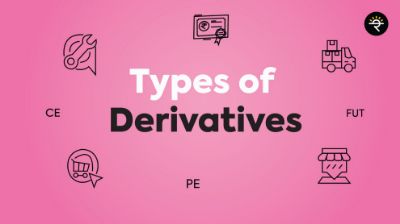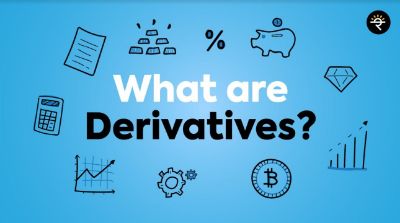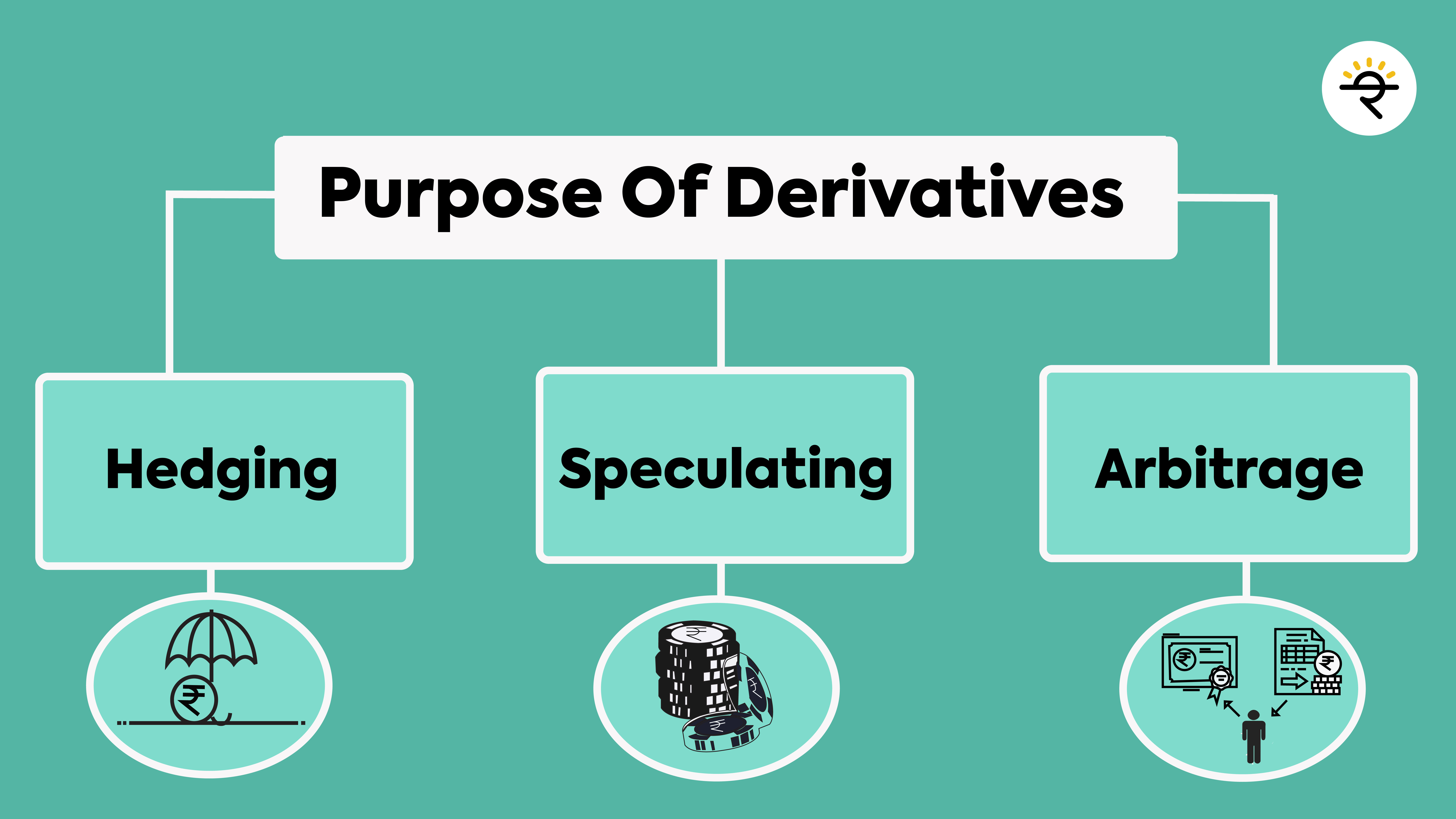The RBI established the rupee trade settlement mechanism in July 2022. The Mechanism is a way to do international business using rupees rather than dollars or other major currencies, with a focus on Indian exports, in order to foster the growing interest of the world trading community in the rupee.
The RBI's decision on rupee-denominated trade was made in an effort to decrease India's trade imbalance since it is easier for India to increase its share of Russian oil purchases at lower rates.
Dollar-strapped Sri Lanka and Sanctions hit Russia are going to be the first nations to utilize the Indian Rupee Trade Settlement Mechanism.
What Does this mean for India?
As the world's reserve currency, the dollar is used to settle the majority of import and export transactions.
Let’s say an Indian buyer enters into a transaction with France then the Indian buyer must exchange his rupees for US dollars first. These dollars will be sent to the vendor, who will then exchange them for euros. In this case, the cost of currency conversion and the risk of exchange rate fluctuations is borne by both parties. However, if the counterparty has a Vostro account, the transaction will be settled in Indian rupees rather than exchanging dollars.
A Vostro account is a domestic bank-maintained account that holds the assets of a foreign entity in local currency. The Vostro account is frequently used to speed up the settlement of transactions involving Indian rupees. As of right now, the RBI has approved the opening of 12 Vostro accounts for trading Indian rupees.
India and its bigger trading partners, Saudi Arabia and the UAE continue to discuss the viability of trade in rupees. Countries like Tajikistan, Cuba, Luxembourg, and Sudan have also shown interest in the rupee trade mechanism.
Additionally, because India has a trade deficit—its imports exceed its exports—settling trades in rupees will prevent the outflow of dollars. Saving currency outflows becomes even more important for the RBI at a time when the value of the rupee against the US dollar is falling every week.
Benefits for India
1. No foreign exchange risk is involved.
2. Exporters will be able to set the most competitive pricing for their exports as they will be entitled to all the other benefits like export incentive schemes, RoDTEP (Refund of Duties and Taxes on exported Goods)
3. Long-term influence on regional nations wanting to trade with India.
4. Reduce India’s dependency on the US dollar
The most recent trade statistics show that in April and May, India imported $2.5 billion worth of goods from Russia. This annualizes to $30 billion, and according to analysts, it might reach $36 billion.
In the best-case scenario, India would wind up saving $30-36 billion in dollar outflows if it paid for all of its Russian imports in rupees.
A currency is typically referred to as international if it is widely used as a means of exchange for trade on a global scale. According to the RBI, using rupees for trade settlement would lessen reliance on hard currencies like the dollar, euro, and yen.
As per the recent developments in the trade settlement mechanism, we may expect the Indian rupee to emerge as a global currency in the coming years.





























